Plane Tree History: Where Do London Plane Trees Come From
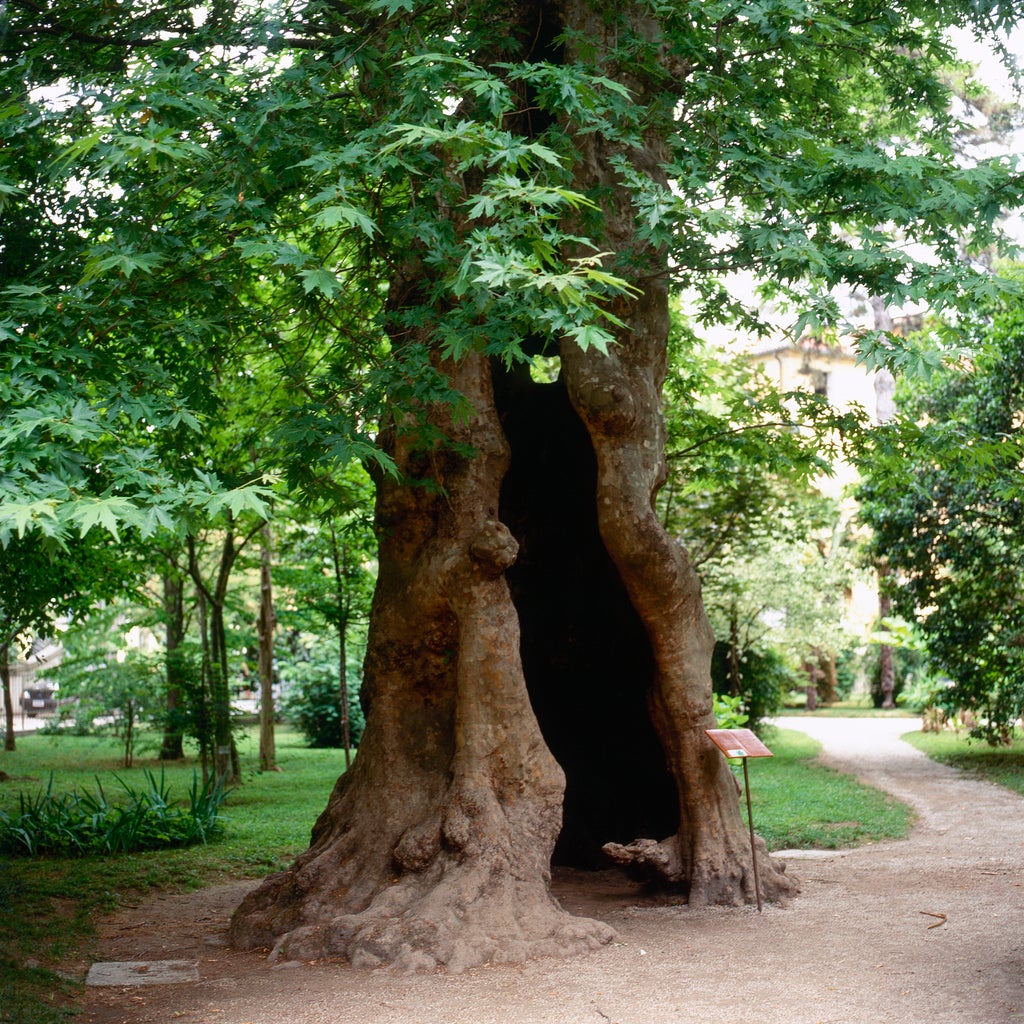

London plane trees are tall, elegant specimens that have graced the busy streets of the city for generations. However, when it comes to the history of the plane tree, horticulturalists are uncertain. Here’s what plant historians have to say about the history of the plane tree.
London Plane Tree History
It appears that London plane trees are unknown in the wild. So, where do London plane trees come from? The current consensus among horticulturalists is that the London plane tree is a hybrid of the American sycamore (Platanus occidentalis) and the Oriental plane tree (Platanus orientalis). The Oriental plane tree has been cultivated around the world for centuries, and is still favored in many parts of the world. Interestingly, the Oriental plane tree is actually a native of southeastern Europe. The American plane tree is newer to the horticultural world, having been cultivated since the sixteenth century. The London plane tree is newer still, and its cultivation has been traced to the latter part of the seventeenth century, although some historians believe the tree was cultivated in English parks and gardens as early as the sixteenth century. The plane tree was initially planted along London streets during the industrial revolution, when the air was black with smoke and soot. When it comes to plane tree history, one thing is certain: the London plane tree is so tolerant of urban environments that it has been a fixture in cities throughout the world for hundreds of years.
Plane Tree Facts
Although the history of the plane tree remains cloaked in mystery, there are a few things we know for sure about this tough, long-lived tree: London plane tree information tells us the tree grows at a rate of 13 to 24 inches (33-61 cm.) per year. Mature height of the London plane tree is 75 to 100 feet (23-30.5 m.) with a width of about 80 feet (24.5 m.). According to a census conducted by the New York City Department of Parks and Recreation, at least 15 percent of all trees lining city streets are London plane trees. The London plane tree sports peeling bark that adds to its overall interest. The bark promotes resistant to parasites and insects, and also helps the tree cleanse itself of urban pollution. The seed balls are favored by squirrels and hungry songbirds.
Gardening tips, videos, info and more delivered right to your inbox!
Sign up for the Gardening Know How newsletter today and receive a free copy of our e-book "How to Grow Delicious Tomatoes".

A Credentialed Garden Writer, Mary H. Dyer was with Gardening Know How in the very beginning, publishing articles as early as 2007.
-
 How To Make A Bouquet Garni Or Herb Bundle For Cooking
How To Make A Bouquet Garni Or Herb Bundle For CookingIf you’re a great cook, you may have made an herb bundle before. If this is a new idea, learn how to add sparkle and interest to your dish with a bouquet garni.
By Amy Grant
-
 ‘Coral Charm’ Peony Care For Sublime Semi-Double Peonies With Lush Salmon Pink Flowers
‘Coral Charm’ Peony Care For Sublime Semi-Double Peonies With Lush Salmon Pink FlowersPeonies are known for their soft baby pink or magenta tones, but if plushy coral blooms are your thing, here’s our guide to the ultimate ‘Coral Charm’ peony care
By Tonya Barnett
-
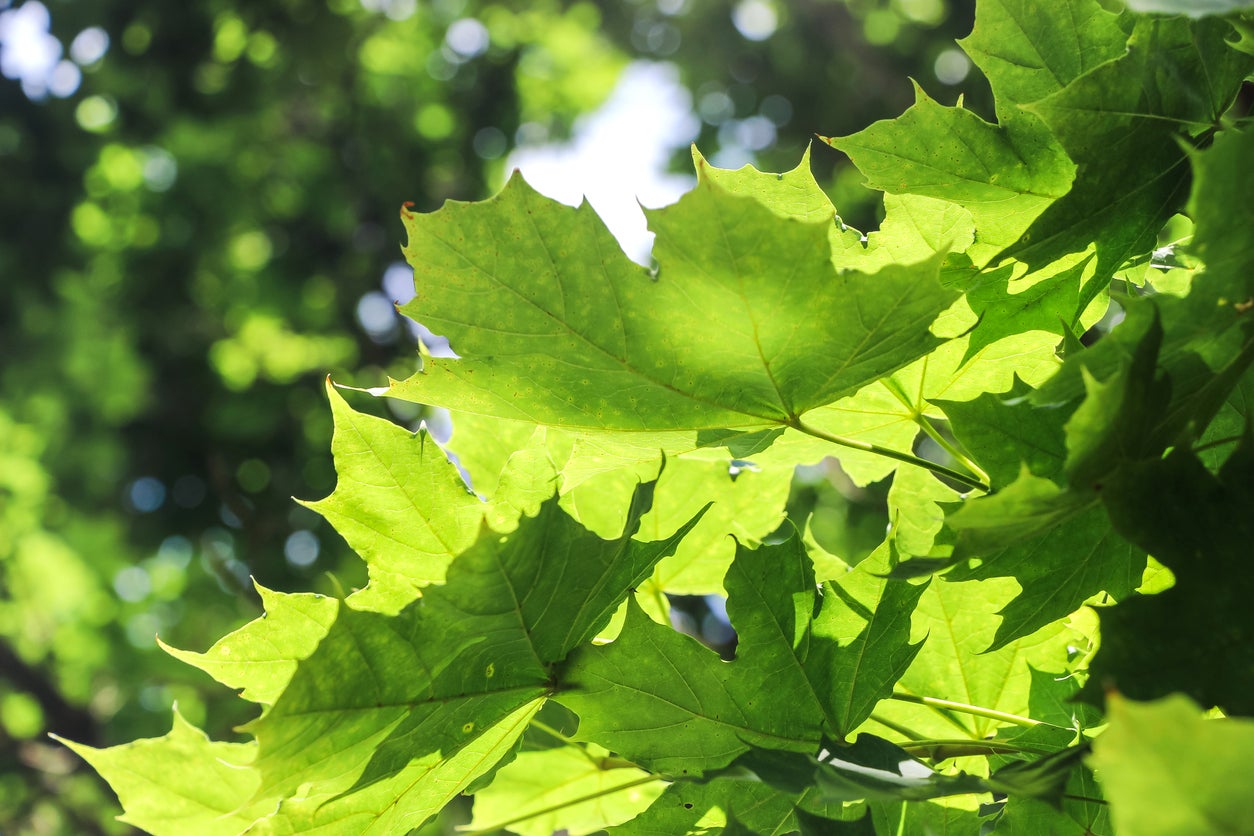 Plane Tree Varieties – Learn About Different Kinds Of Plane Tree
Plane Tree Varieties – Learn About Different Kinds Of Plane TreeWhat comes to mind when you think of a plane tree? The purpose of this article is to clear up the differences among the many types of plane tree. Click here to learn more about the different plane tree varieties you might come across.
By Liz Baessler
-
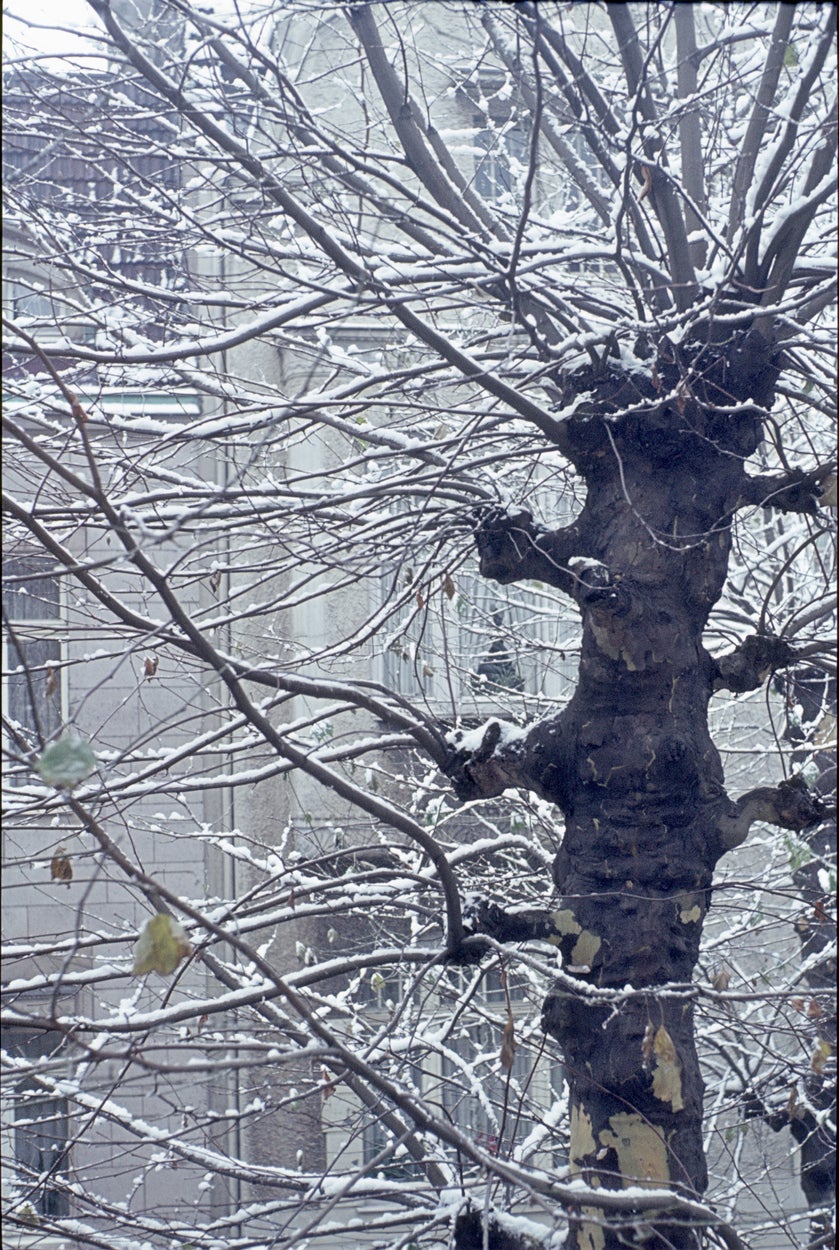 Plane Tree Winter Care – How To Prevent Plane Tree Winter Damage
Plane Tree Winter Care – How To Prevent Plane Tree Winter DamageFrost cracks on plane trees are the most dangerous signs of cold damage. However, most winter plane tree problems are superficial and the tree will heal itself over time. Learn when to worry and when to wait on plane tree winter damage in this article.
By Bonnie L. Grant
-
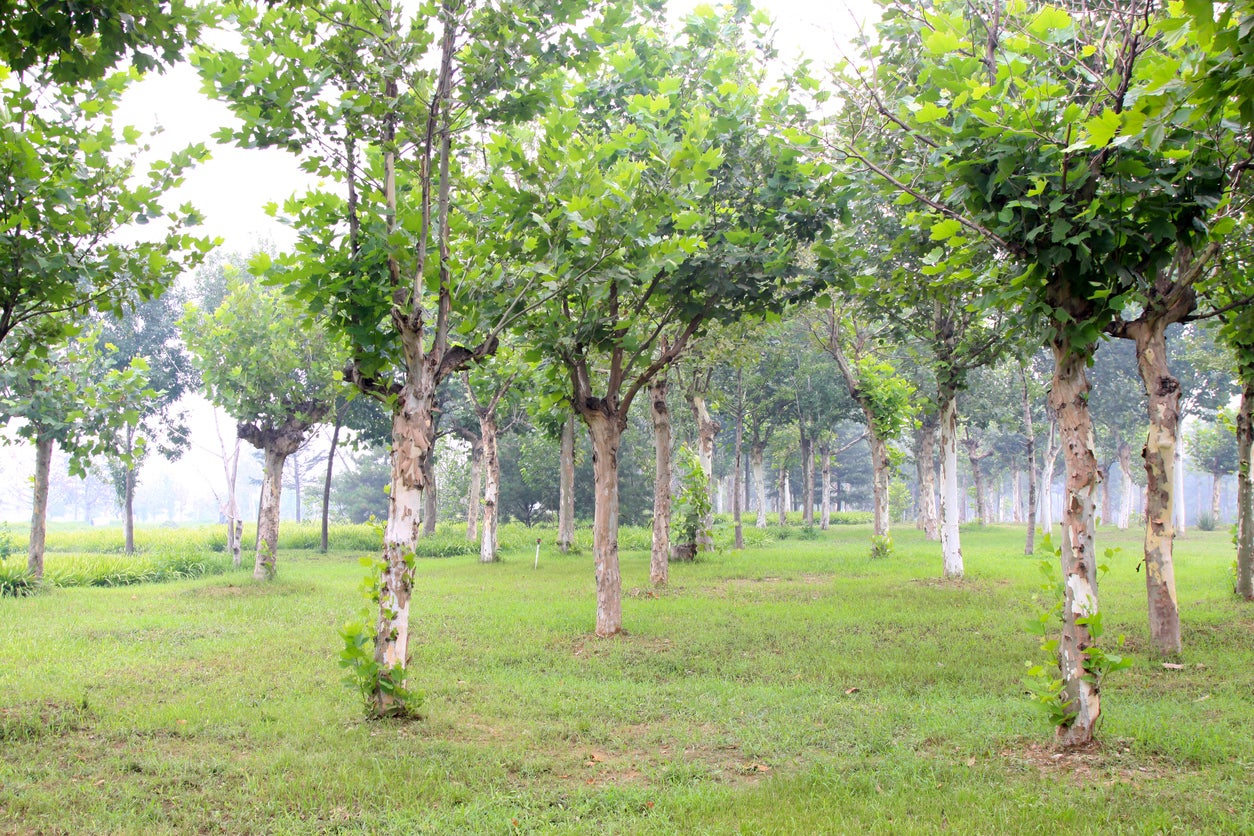 Oriental Plane Tree Info: Learn About Oriental Plane Trees
Oriental Plane Tree Info: Learn About Oriental Plane TreesWhat is an oriental plane tree? It is a deciduous tree species that can be an attractive shade tree in the backyard. If you want to know more about oriental plane trees, click here. You’ll find lots of oriental plane tree info plus tips on growing an oriental plane tree of your own.
By Teo Spengler
-
 Plane Tree Benefits – What Can Plane Trees Be Used For
Plane Tree Benefits – What Can Plane Trees Be Used ForThe big, leafy plane tree graces streets in some of the busiest cities around the world. This versatile tree has adapted to survive pollution, grit and punishing wind, living on to provide welcome beauty and shade for many years. Find more plane tree benefits here.
By Mary H. Dyer
-
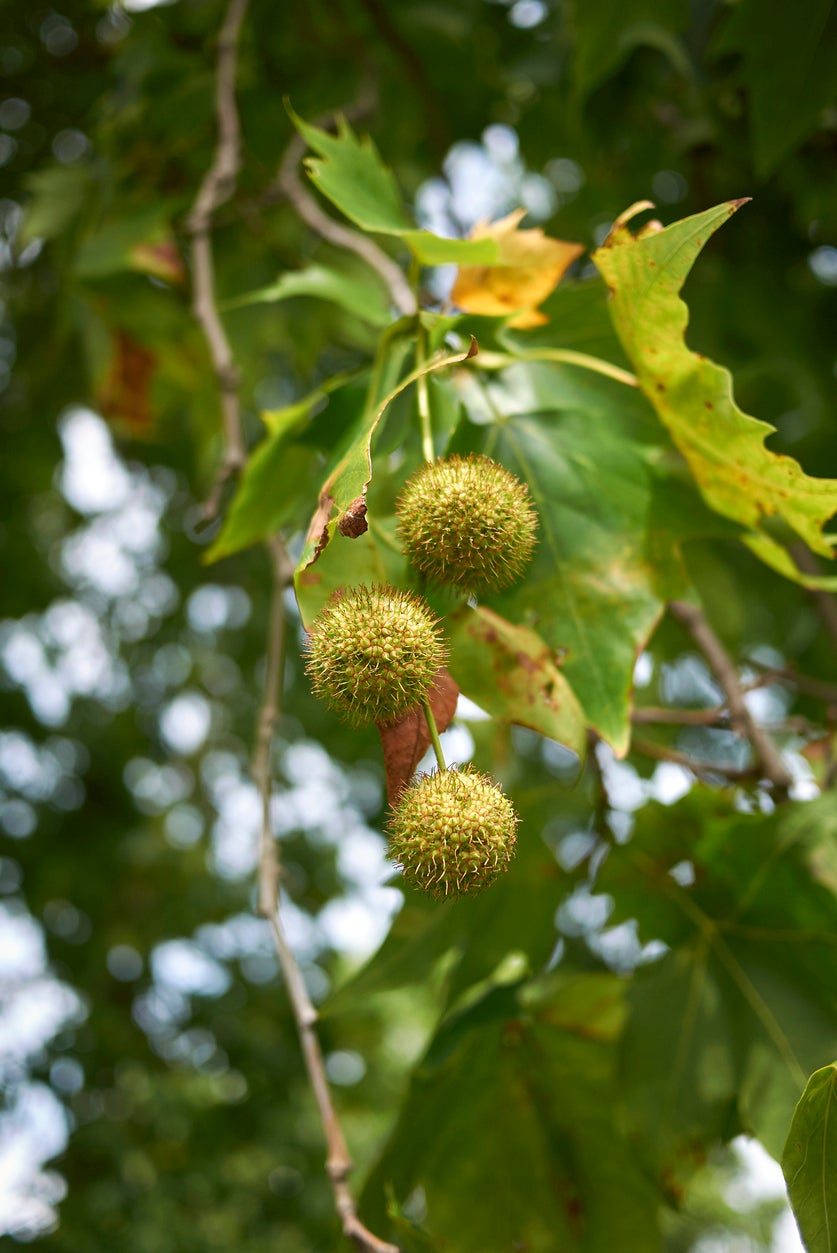 Sowing Seeds Of Plane Trees – Learn How To Plant Plane Tree Seeds
Sowing Seeds Of Plane Trees – Learn How To Plant Plane Tree SeedsPlane trees are tall, elegant, long-lived specimens that have graced urban streets around the world for generations. The trees are easy to propagate by taking cuttings, but if you’re patient, you can try growing plane trees from seed. Click here to learn how to plant plane tree seeds.
By Mary H. Dyer
-
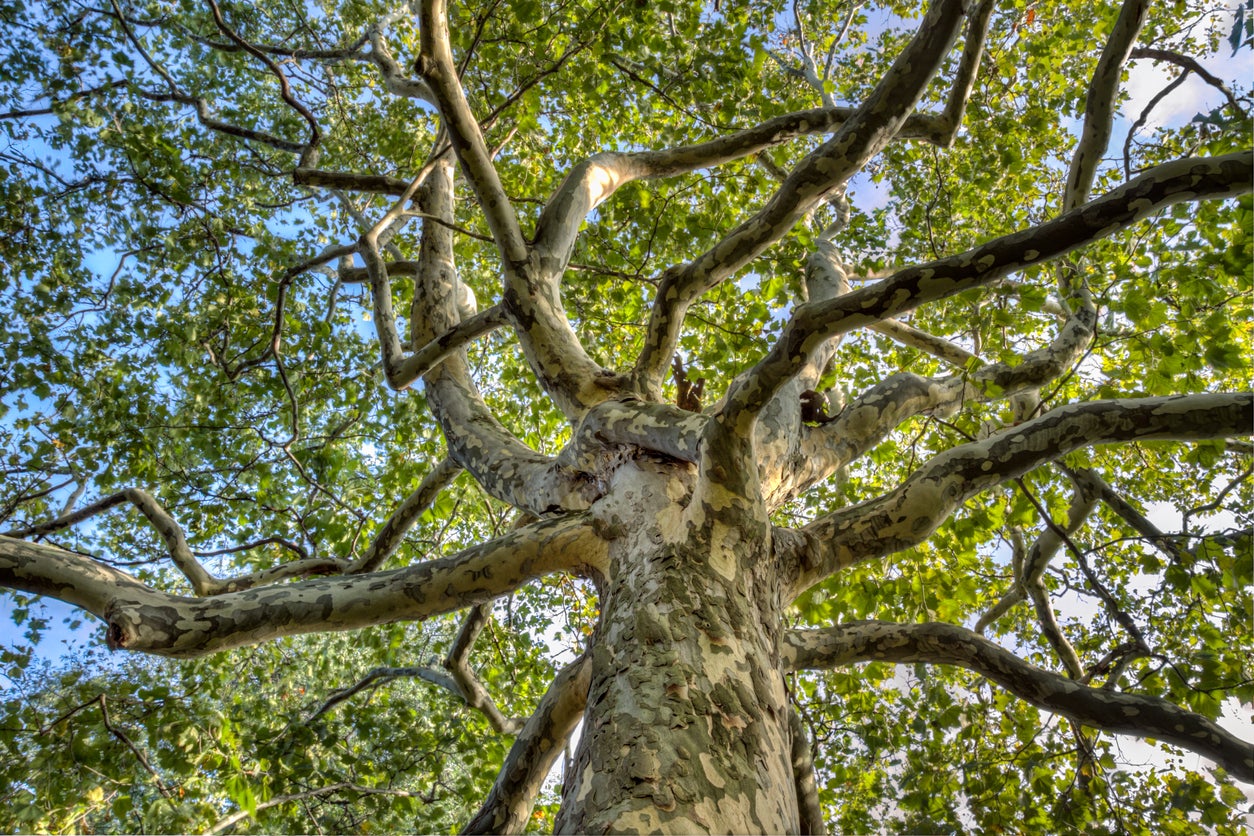 Plane Tree Water Needs – Tips For Watering A London Plane Tree
Plane Tree Water Needs – Tips For Watering A London Plane TreeLondon plane trees have been popular urban specimens for nearly 400 years, and with good reason. They are remarkably hardy and tolerant of a variety of conditions. But how much water does a plane tree need? Click here to learn about watering a London plane tree.
By Amy Grant
-
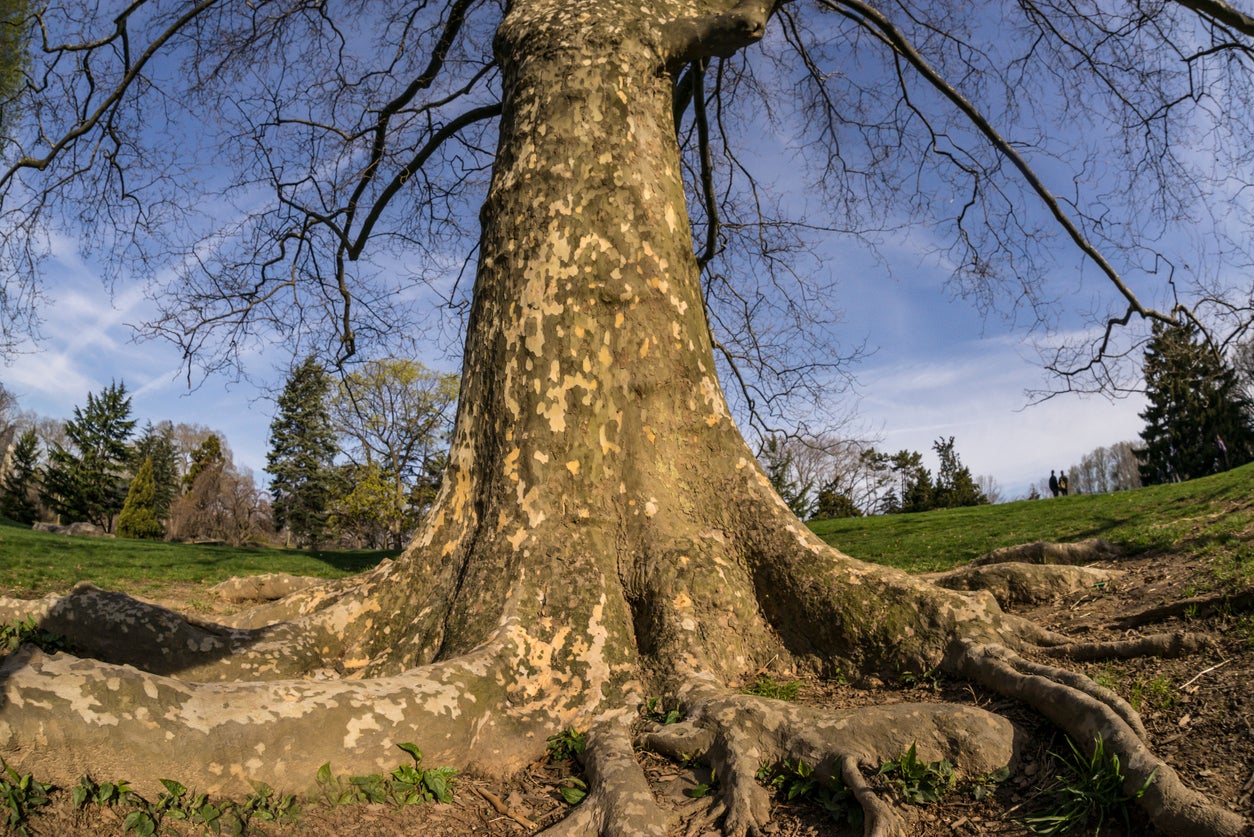 What To Do About Plane Tree Roots – Problems With London Plane Roots
What To Do About Plane Tree Roots – Problems With London Plane RootsLondon plane trees are highly adapted to urban landscapes and as such are common specimens in many of the world’s largest cities. Unfortunately, the love affair with this tree seems to be coming to an end due to problems with plane tree roots. Learn more here.
By Amy Grant
-
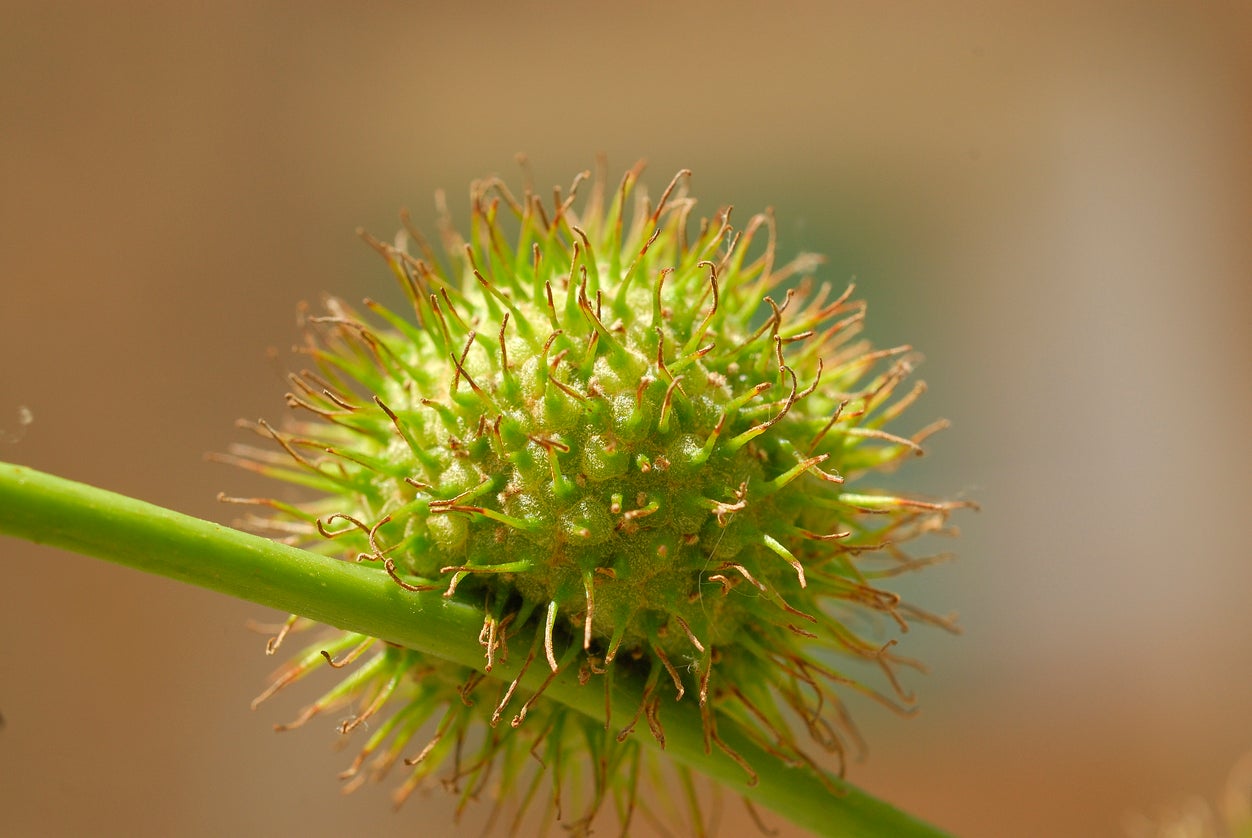 Plane Tree Pollen: Do Plane Trees Cause Allergies
Plane Tree Pollen: Do Plane Trees Cause AllergiesPlane trees are often urban trees, growing in or on the outskirts of cities. Do plane trees cause allergies? Many people say that they have an allergy to London plane trees. For more information on plant tree allergy problems, this article will help.
By Teo Spengler